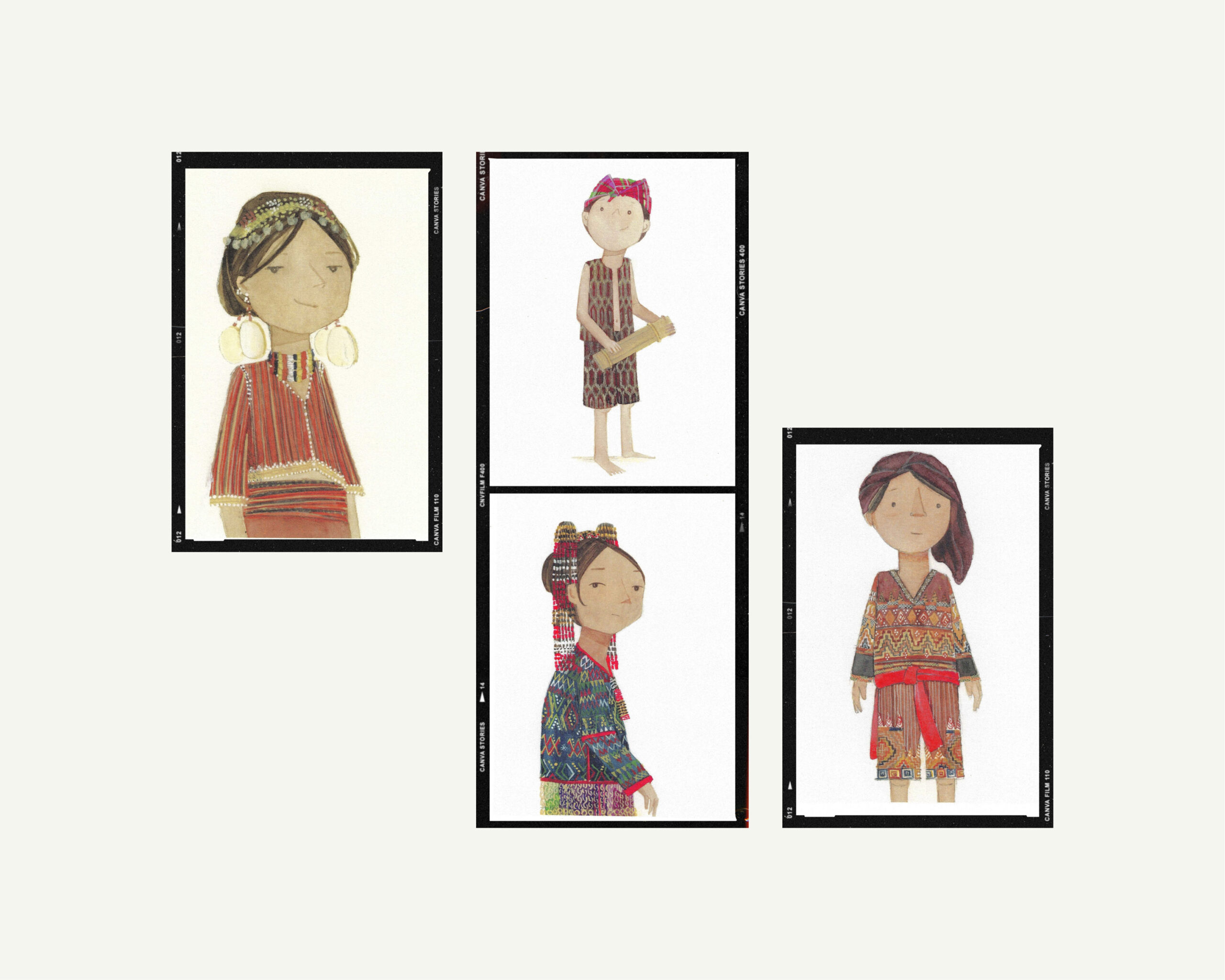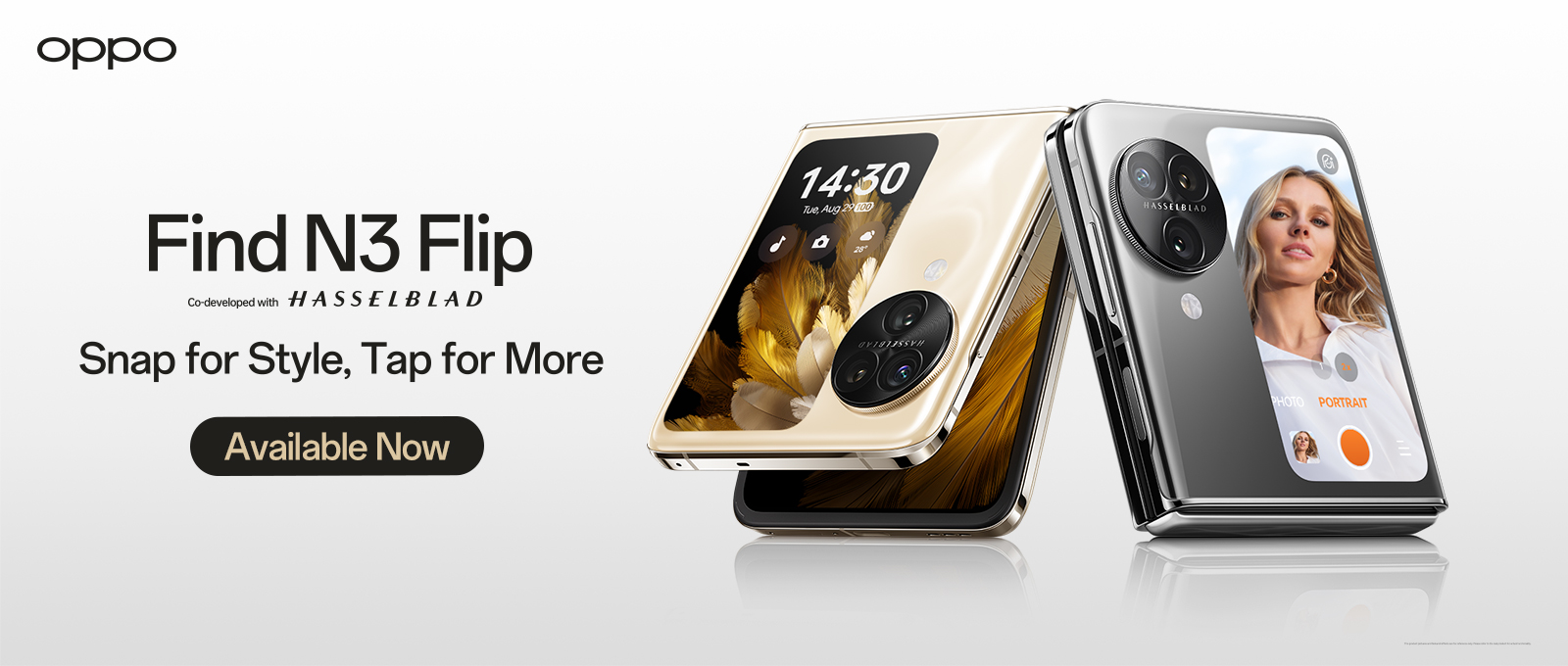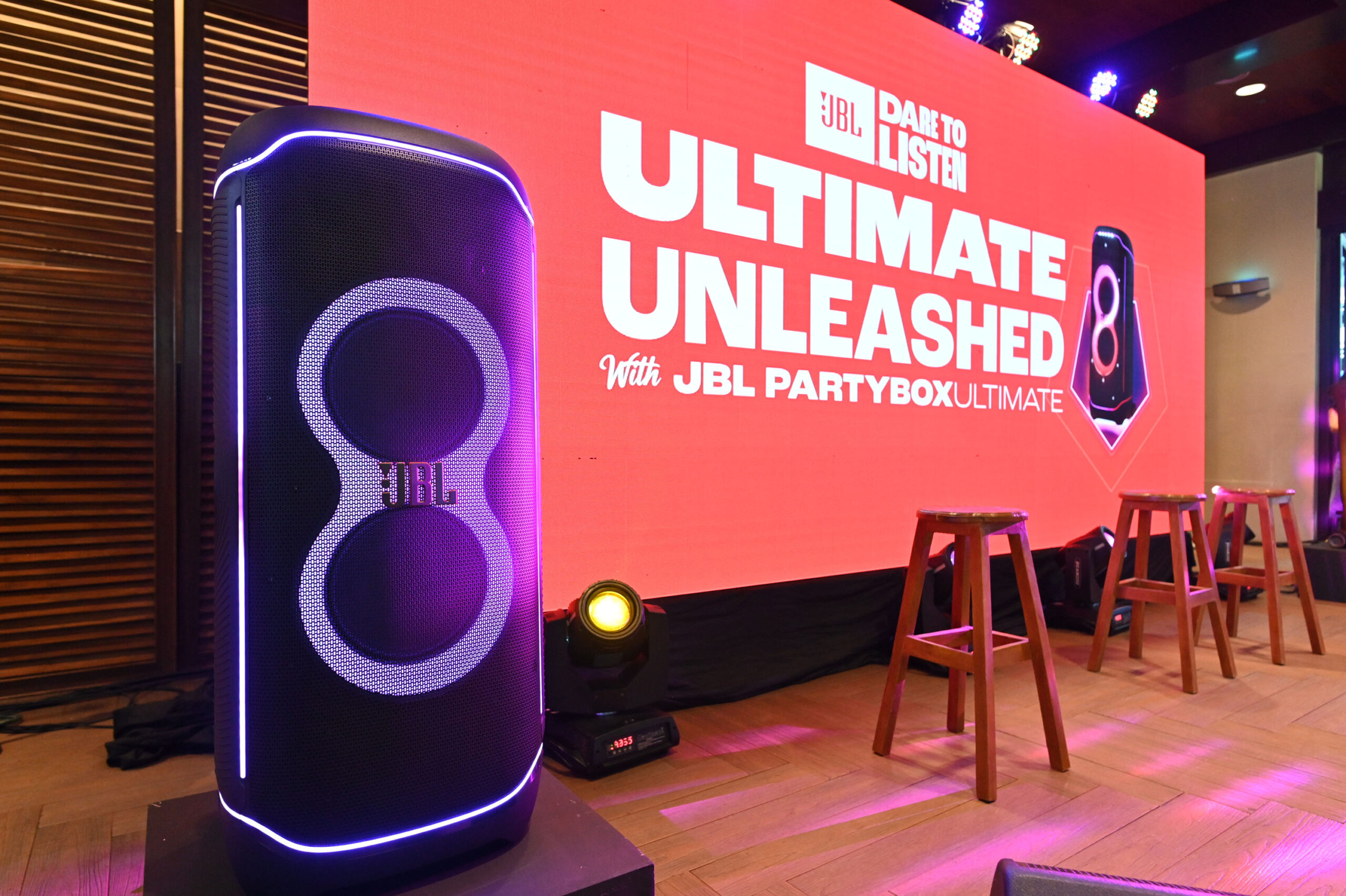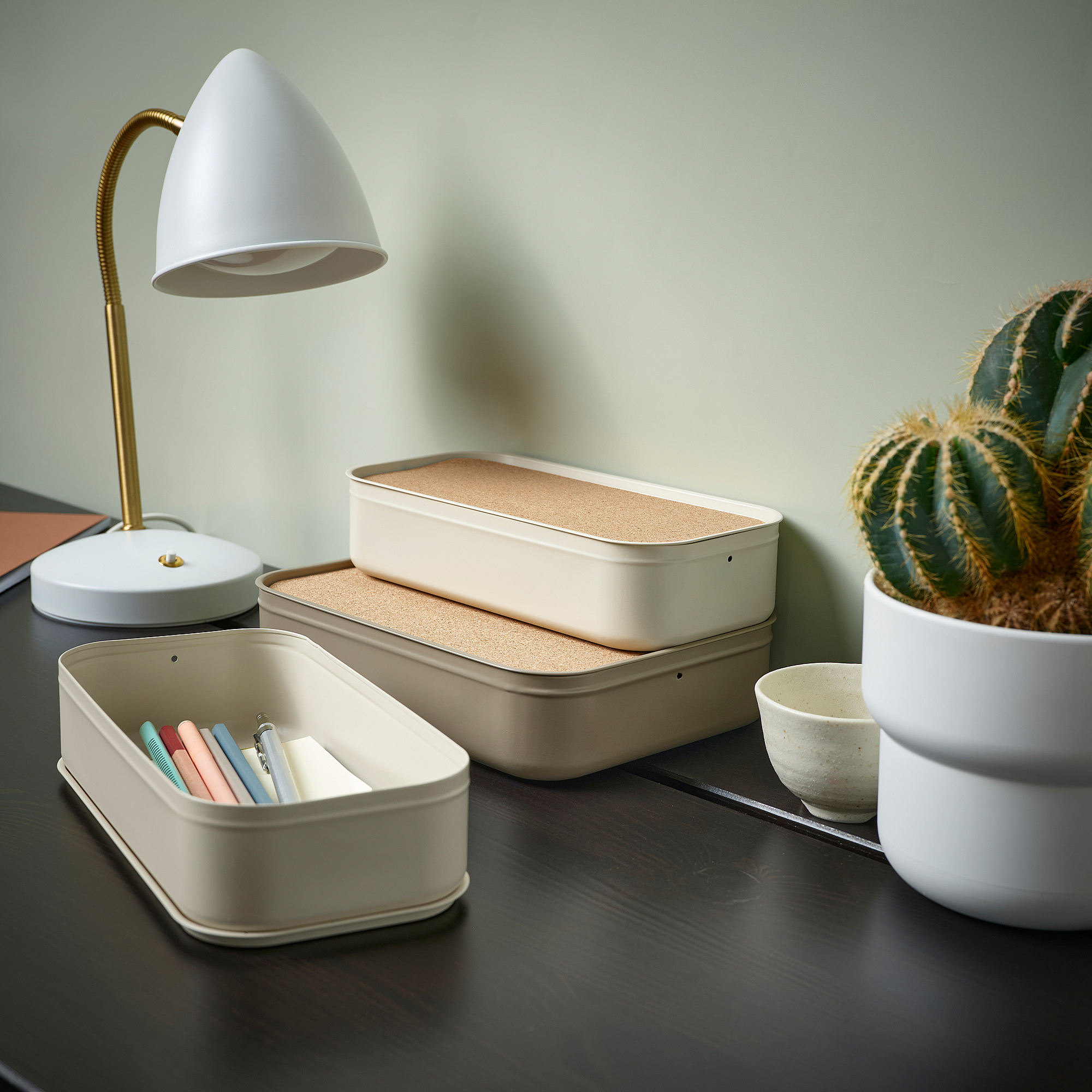
Smell, hear, taste, touch, see Filipino: #DamaKoLahiKo aims to stir national pride of our culture made contemporary, relevant
Why do some Filipinos find it difficult to be, well, Filipino?
“For the longest time, baduy or bakya ang tingin natin sa kultura natin (we see our culture as low class),” says Gino Gonzales, acclaimed scenographer of stage, film, television, and museums here and abroad. “Many of the young are also unable to relate to local culture, especially folk culture, which is so beautiful.”
Recent years have seen that changing, slowly but surely, through projects and campaigns designed to stir national pride. The challenge is sustaining that sense of pride, instead of experiencing it in spurts, like every Independence Day or after winning an international beauty pageant or sporting event.
Dama Ko, Lahi Ko (#DamaKoLahiKo), a brainchild of individuals who advocate culture and creativity in their respective professions, hopes to instill lifelong patriotism by “living our culture collectively, consciously, and consistently in our everyday lives” says its colorful slideshow presentation. Doing so unleashes soft power—that is, a country’s ability to influence others’ choices through attraction and appeal.
Don’t let the term fool you—soft power is powerful. According to a statistical study conducted by the University of Edinburgh, soft power has been known to boost overseas student recruitment, tourism, and even foreign investment. It’s the reason why South Korea was ranked second (after Germany) in global soft power by British global affairs magazine Monocle in its December 2020/January 2021 edition. Thank you BTS, Samsung, Parasite, K-dramas, samgyeopsal.
We can achieve that, too. “Filipino culture can be on the global menu,” reminds the #DamaKoLahiKo slideshow. “Soft power can jumpstart economic growth. And we can all be part of it.”
Gonzales, co-author (with Mark Lewis Higgins) of the book Fashionable Filipinas: An Evolution of the National Dress in Photographs 1860-1960 and artistic director of the terno-making contest and convention TernoCon, explains how:
In a nutshell, what is #damakolahiko?
#DamaKoLahiKo was born out of chikahan, like many other things. But this one was from a typical conversation we had with artist friends, who carry a burden for this country, whether they admit it or not.
It normally starts out with a favorite TV series (which is often Korean), an incredible destination abroad, or a simple piece of craft. And we almost always end up with a sigh of frustration. Bakit hindi natin magawa dito? Or bakit hindi umuusad dito?—the usual exercise in frustration.
And Len (Cabili, founder and creative director of Filipino fashion brand Filip + Inna), who is incessantly passionate about this idea of a country’s “soft power” being a very important tool, not just in projecting an image for a nation but in boosting the economic prospects of the country as well, insisted that it was time to move.
But in any movement, you cannot really promote a product if the producers of the product have no confidence in what they actually have. So realistically, the first step is the appreciation of our own culture.
Now this is nothing new, because many have come before #DamaKoLahiKo. Ginawa na at ginagawa pa rin ang #lovelocal, #itsmorefuninthephilippines, etc. So #DamaKoLahiKo simply layers above what all these forerunners have done. But instead of focusing on a particular aspect like tourism and local products, it primarily aims to celebrate Filipino culture through the five senses—panlasa, pang-amoy, pandinig, pansalat, at paningin.
I’m not sure who thought of the name “Dama Ko, Lahi Ko.” Probably Len. Supporting role ako dito.
What are simple ways to infuse Filipino culture in our everyday lifestyle?
I’ll just use myself as an example, so I don’t sound like I’m forcing people to do something.
Pang-amoy: Gumagamit ako ng ylang-ylang scent sa kuwarto.
Pandinig: Mga kanta ni Sylvia La Torre ang naririning ng mga pamangkin ko habang naglalaro sila sa hardin. At kinatutuwa naman nila.
Panlasa: Pinakamadali sa lahat—kumakain ng mga kakanin, taho, halo-halo, ginataan sa merienda.
Pansalat: Gumagamit ng inabel Iloco na kumot. Mas masarap sa Egyptian cotton.
Paningin: Napapaligiran ang bahay ko ng mga Pinoy folk art. Mura na, maganda pa!
What is the goal?
Hopefully it’s like a groundswell. It doesn’t matter if #damakolahiko becomes eventually forgotten as a hashtag. The goal is a collective, genuine appreciation for our own culture.
From your observation, have we become more—or less—nationalistic?
In the 1970s and 1980s, I remember how much we admired the West, particularly the United States. By the 2010s, the admiration for the popular culture of our Asian neighbors, particularly from South Korea, somewhat dominated.
In recent years, the private sector has been progressively promoting locally made artisanal products. In Metro Manila, for example, we’re fortunate to have the likes of Maarte, Katutubo, and Artefino’s bazaars, which have boosted domestic sales of Philippine crafts and clothing. They’ve also done much in making “native” actually cool again.
There’s also been growing awareness and appreciation of our food culture. The way food has been presented has improved so much over the past years. And we have to thank many chefs, food writers, and organizers for all of that.
In my humble opinion, the entertainment sector got somewhat left behind. Particularly film, which was so strong in the past decades. I think this is where government should really help in terms of granting incentives to producers, and actually help market the films.
A lot of TV content has also been dumbed down for many years in favor of ratings. Kaya rin siguro panay ang tingala natin sa mga palabas na gawa sa ibang lugar. Naghahanap tayo ng mabuting alternatibo.
You have consistently championed Filipiniana in your life and work. When did your appreciation for all things local begin?
I was really blessed to have teachers like [food critic] Doreen Fernandez, [film and media specialist] Fr. Nick Cruz, SJ, [playwright and novelist] Tony Perez, and [National Artist for Theater and Design] Salvador Bernal, who each pushed for the Filipino in their own fields of interest. And friendships with the likes of [writer and visual artist] Gilda Cordero Fernando, [graphic designer] Manuel Chaves, and [art historian] Mon Villegas—all of whom have passed in the last few years, have sort of affirmed my resolve to champion our culture in whatever way possible.
Gilda often told me that “you do your best in your field… it’s like holding up a little candle in the dark. It’s not much, really. But if other people in other fields hold up their own little candles, too, it’s collectively a brighter glow.” Simplistic analogy from an old lady. But absolutely true.
When I am asked to do a theater project, I think twice before I work on it, simply because it’s a long commitment and it easily sets one back in terms of finances. So it must be something that strikes a chord with me, otherwise mababaliw ako.
When I am asked to work on the design for an event or wedding, what interests me the most is the desire of the client or a couple to do Filipiniana. It’s something that comes naturally for me, and I actually enjoy the research process and product development of all the small elements if the theme revolves around our culture.
Of course, I’m also interested in other things like chinoiserie, Southeast Asian art, Mexican art, and others. Pero I’m really at home with a Pinoy event.
Originally published in theDiarist.ph
Cover photo The Travels with Filip + Inna T’boli and Gaddang art notecards





